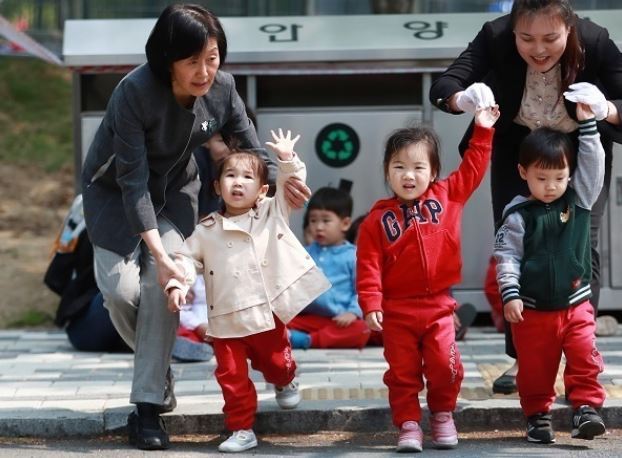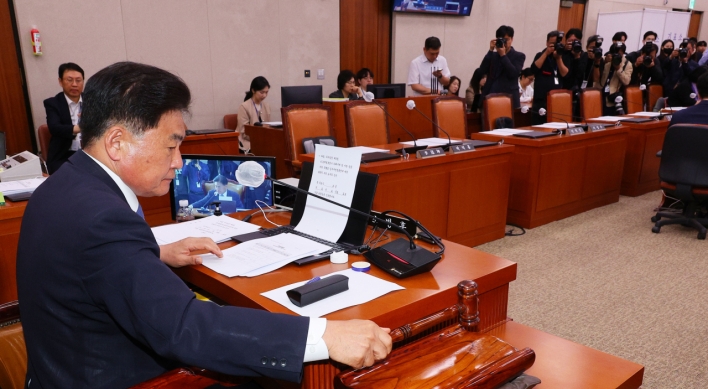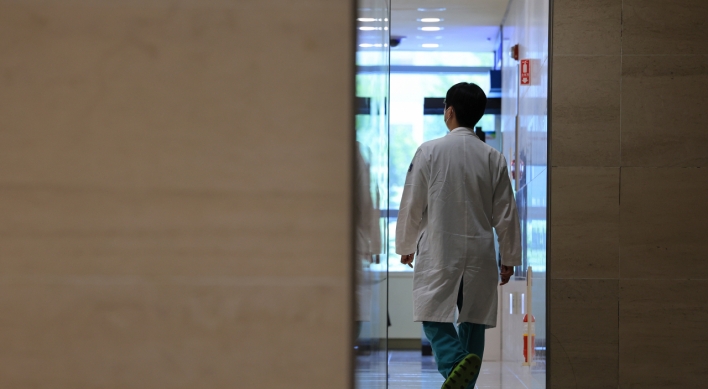Koreans spend 200,000 won monthly on childcare, despite state allowance: study
By Claire LeePublished : March 5, 2018 - 09:43
Korean parents with young children spend an average of 200,000 won per month on child care, despite the state-allowance program that was launched back in 2013 to make child care cost-free for all parents in the country.
According to a study released by Korea Institute of Child Care and Education, which surveyed some 1,119 households with young children, a parent on average spent 198,000 won monthly on their children’s education and care cost.
Notably, only 11.8 percent of all surveyed households did not spend any money on child care or education.
The results of the survey reveals the shortcomings of the current state-run program, which offers up to 200,000 won monthly to all households with children aged 0-5, as the number of state-run day care centers and kindergartens are limited and private institutions usually cost more.
According to a study released by Korea Institute of Child Care and Education, which surveyed some 1,119 households with young children, a parent on average spent 198,000 won monthly on their children’s education and care cost.
Notably, only 11.8 percent of all surveyed households did not spend any money on child care or education.
The results of the survey reveals the shortcomings of the current state-run program, which offers up to 200,000 won monthly to all households with children aged 0-5, as the number of state-run day care centers and kindergartens are limited and private institutions usually cost more.

“The government had spent 8.364 trillion won ($7.74 billion) on state-allowance programs for children with young parents, as of 2016,” wrote researcher Choi Hyo-mi in the report.
“And the budget had been only increasing since 2011. And the fact that many parents are still spending their own money in spite of the government having spent so much, shows that there needs to be a review of the current practices.”
The government currently offers the allowance in cash for those who choose to raise their children at home, and for those who choose to send their kids to day care centers or kindergartens, the state exempts the cost of their tuition. The study revealed that many South Korean parents with young children prefer kindergartens over day care centers, in spite of them being more expensive.
In South Korea, kindergartens offer educational programs, such as painting or reading classes, while day care centers usually offer care services only.
The study also revealed that full-time housewives preferred sending their children to institutions rather than raising them at home. They would still send them to private institutions, even if they cost extra, when there is no spot for their children at state-run day care centers or kindergartens.
“This shows that rather than offering cash to all households, it is also just as important to increase the quality of education in both private and public institutions for young children,” Choi wrote.
“The survey results have shown that parents are willing to spend more as long as their child gets better education and care.”
Choi also expressed her concern that some parents are making their children spend too much time at institutions. “In spite of the current state-allowance, as long as a parent chooses to send his or her kid to a private institution, there will be an extra cost,” she wrote in her study. “And we also have to think about whether or not it is ideal for a child to spend so much time away from their parents.”
Back in 2015, the government announced its plan to charge households with full-time housewives for state-run day care service, which was free for all at the time, should they utilize it for more than seven hours daily. The decision was received with mixed reactions, some calling it misogynistic and discriminatory against housewives.
Some called it a reasonable decision considering many dual-income households had been facing difficulty finding a spot for their children in state-run child care institutions, and the priority should go to the children of working mothers.
By Claire Lee (dyc@heraldcorp.com)








![[Kim Seong-kon] Democracy and the future of South Korea](http://res.heraldm.com/phpwas/restmb_idxmake.php?idx=644&simg=/content/image/2024/04/16/20240416050802_0.jpg&u=)









![[Today’s K-pop] Zico drops snippet of collaboration with Jennie](http://res.heraldm.com/phpwas/restmb_idxmake.php?idx=642&simg=/content/image/2024/04/18/20240418050702_0.jpg&u=)